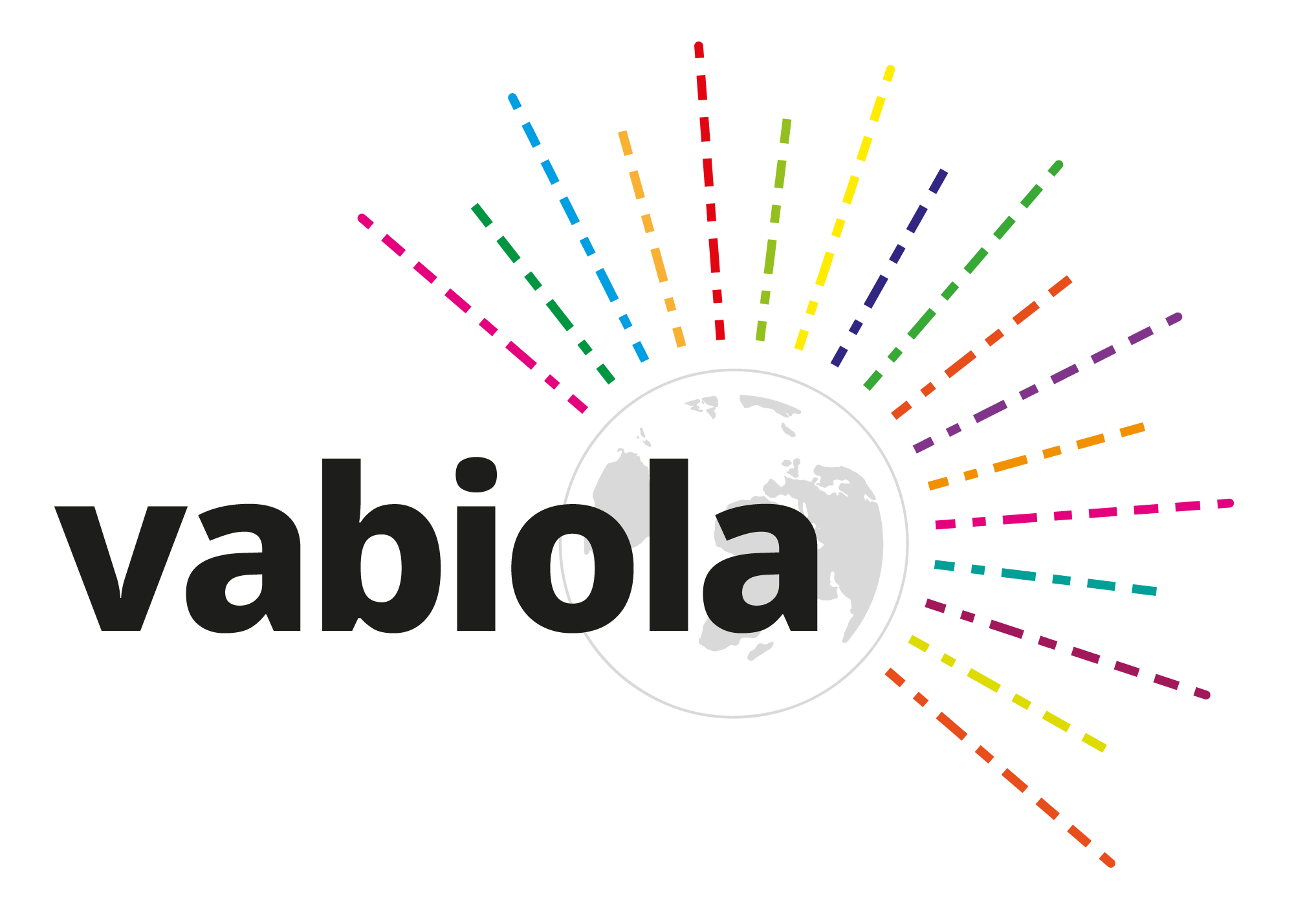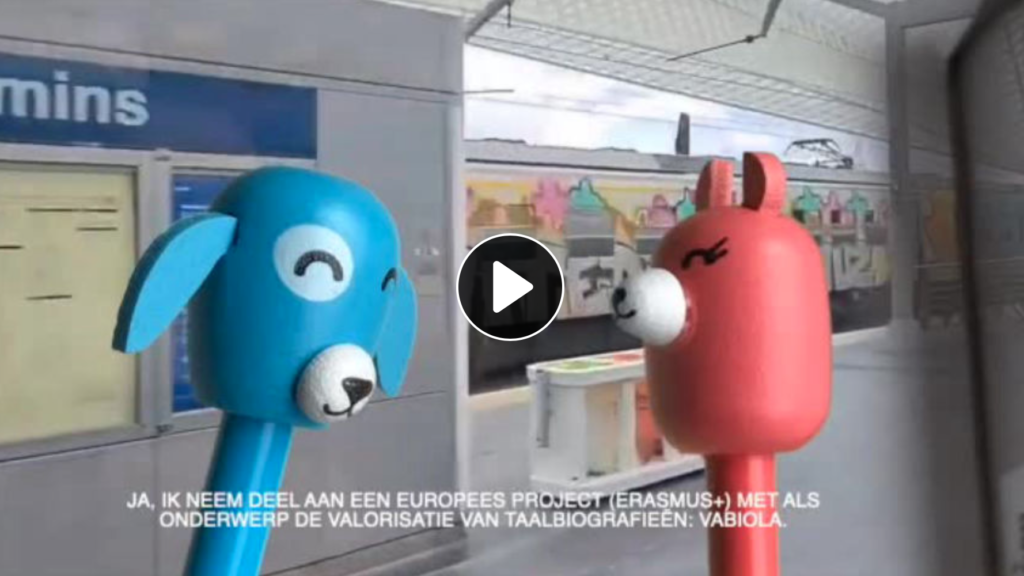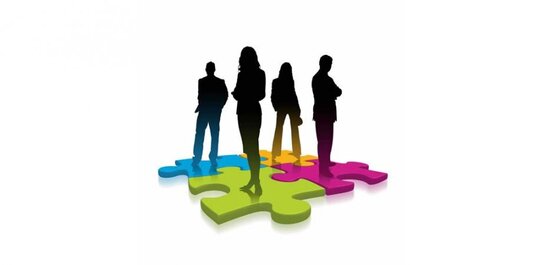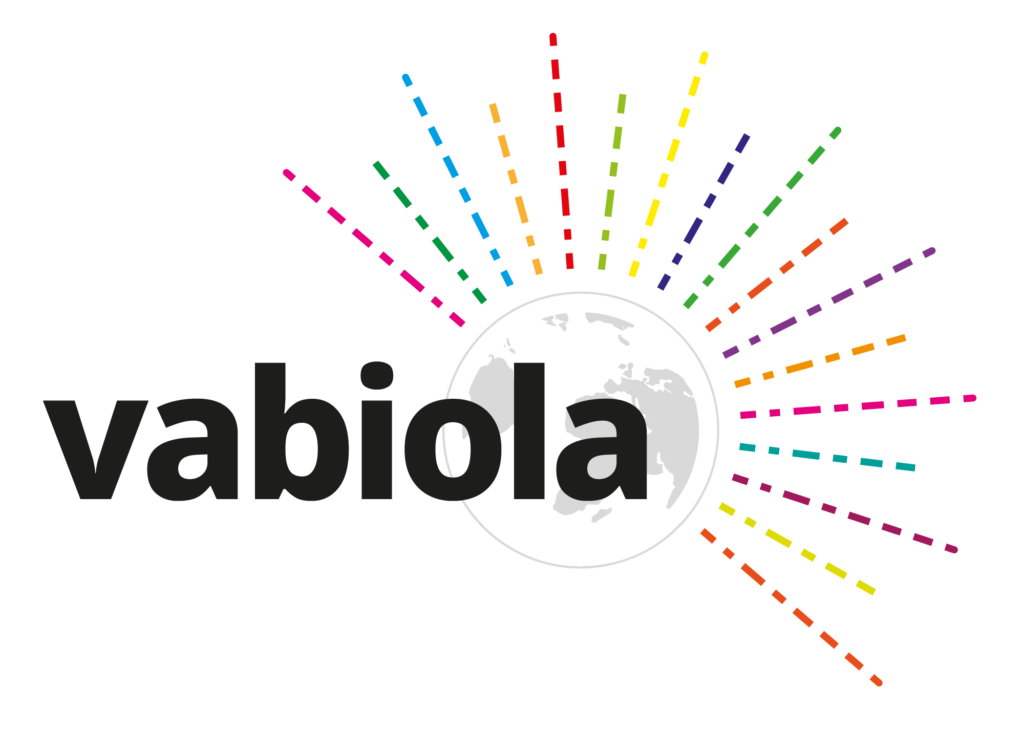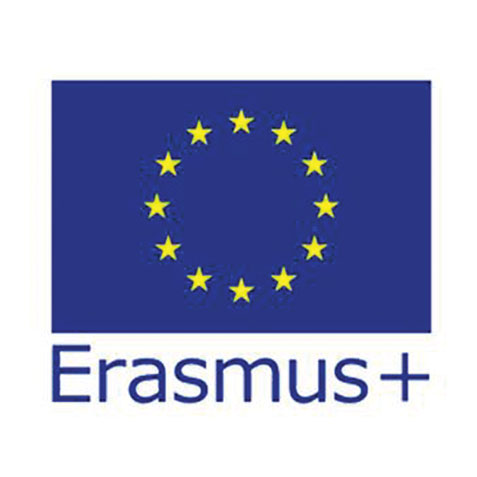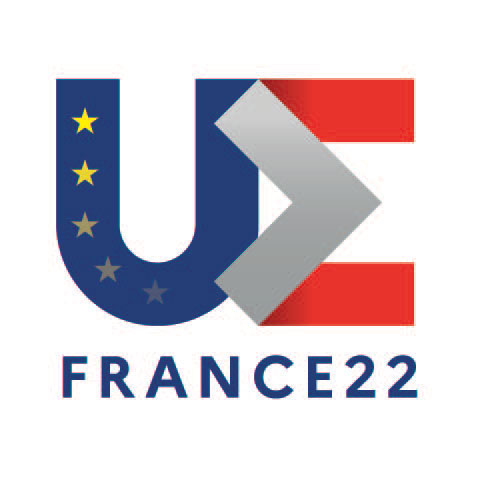SOURCE: D. Little, Fr. Goullier and G. Hughes, The European Language Portfolio: Retrospective (1991-2011)
What is the European Language Portfolio? How was it born?
- 1.1 Description
The Council of Europe’s European Language Portfolio (ELP) consists of three mandatory parts:
- a language passport, which provides an overview of the learner’s linguistic identity by indicating the second/foreign languages (L2) they are studying or have studied, the formal language qualifications they have obtained, and their significant experiences of using the L2. This document also contains a self-assessment by the learner of his/her current skills in his/her L2 ;
- a language biography, which is used to set learning goals, monitor the learner’s progress, and record and reflect on particularly important linguistic and intercultural experiences;
- a folder, which can have both a pedagogical and a presentational function in that it is used to store work in progress but also to present an anthology of work that the learner feels best reflects his or her L2 skills.
- 1.2 Functions
The ELP has both a presentation and an educational function. As part of its presentation function, it complements certificates and diplomas issued on the basis of formal examinations by providing additional information about the learner’s language learning experiences, as well as concrete evidence of their L2 skills and performance. In addition, it accounts for language learning that takes place not only within formal education, but also outside of it. The pedagogical function of the ELP is to promote plurilingualism, to strengthen cultural awareness, to make the language learning process more transparent to the learner and to support the development of learner autonomy. These two functions are intertwined in the ongoing process of self-assessment that is fundamental to the effective use of the ELP.
- 1.3 Origins
The final form of the ELP was determined during the Council of Europe’s Language Learning and European Citizenship project (1989-96), but the instrument unquestionably bears the mark of the Organization’s earlier projects. Thus, its presentational function was designed to address the same concerns that were behind the initiatives to create a European system of units/credits for adult L2 learning in the 1970s (e.g., Council for Cultural Cooperation, 1979), while its pedagogical function reflects the Council of Europe’s commitment to cultural exchange, lifelong learning, and learner autonomy (see, for example, Holec 1979).
It was the Rüschlikon Symposium (” Transparency and coherence in language learning in Europe” ), organized in 1991 by the Swiss federal authorities in collaboration with the Swiss Conference of Cantonal Ministers of Education (EDK), that provided the decisive impetus for the creation of the ELP. In fact, in the conclusions of the event, the participants recommended that the Council of Europe encourage the development of a Common European Framework of Reference for Language Learning and set up a working group to examine the possible forms and functions of a European Language Portfolio. This Common European Framework (CEFR; Council of Europe, 2001) was intended to “promote and facilitate cooperation between educational institutions in different countries ; [d’] provide a sound basis for the reciprocal recognition of language qualifications; [et d’] to help learners, teachers, course developers, certification agencies, and educational administrators situate and coordinate their efforts” (Council for Cultural Cooperation, 1992: p.37). As for the ELP, it “would comprise a first section situating officially awarded qualifications in relation to a common European scale, another in which the learner would keep track of experiences along the way, and possibly a third which would bring together examples of work done. The elements of the portfolio that could be situated in reference to the Common Framework should be so situated” (ibid.: p.40).
This recommendation clearly announces the tripartite structure of the ELP (language passport, language biography, dossier) and its link to the Common European Framework of Reference for Languages (CEFR). As we have seen, the use of the ELP necessarily involves the learner in a process of self-assessment based on the common reference levels of the CEFR. These describe L2 competencies in relation to five communicative activities (SPEECH COMPREHENSION, WRITTEN COMPREHENSION, SPEECH INTERACTION, SPEECH PRODUCTION, and WRITTEN PRODUCTION), each of which is divided into six levels: A1 and A2 (basic user), B1 and B2 (independent user), C1 and C2 (advanced user). The can-do descriptors that define the common reference levels were developed on the basis of empirical research funded by the Swiss National Science Foundation (SNSF) (see North 2000, Schneider & North 2000). This general outline is summarized in the “Self-Assessment Grid” (Council of Europe, 2001: pp. 26-27; Appendix 1).
Within the framework of the Language Learning and Democratic Citizenship project, two draft CEFRs were developed (Council for Cultural Cooperation, 1996a, 1996b), as well as a set of proposals for the development of ELPs for different categories of language learners (Council for Cultural Cooperation, 1997a). The final report of the project recommended piloting the CEFR, developing the ELP further, and encouraging its introduction “on an experimental basis, followed by evaluation and finalization, with a view to its full-scale launch in the European Year of Languages, 2001” (Council for Cultural Cooperation 1997b: p.80)
